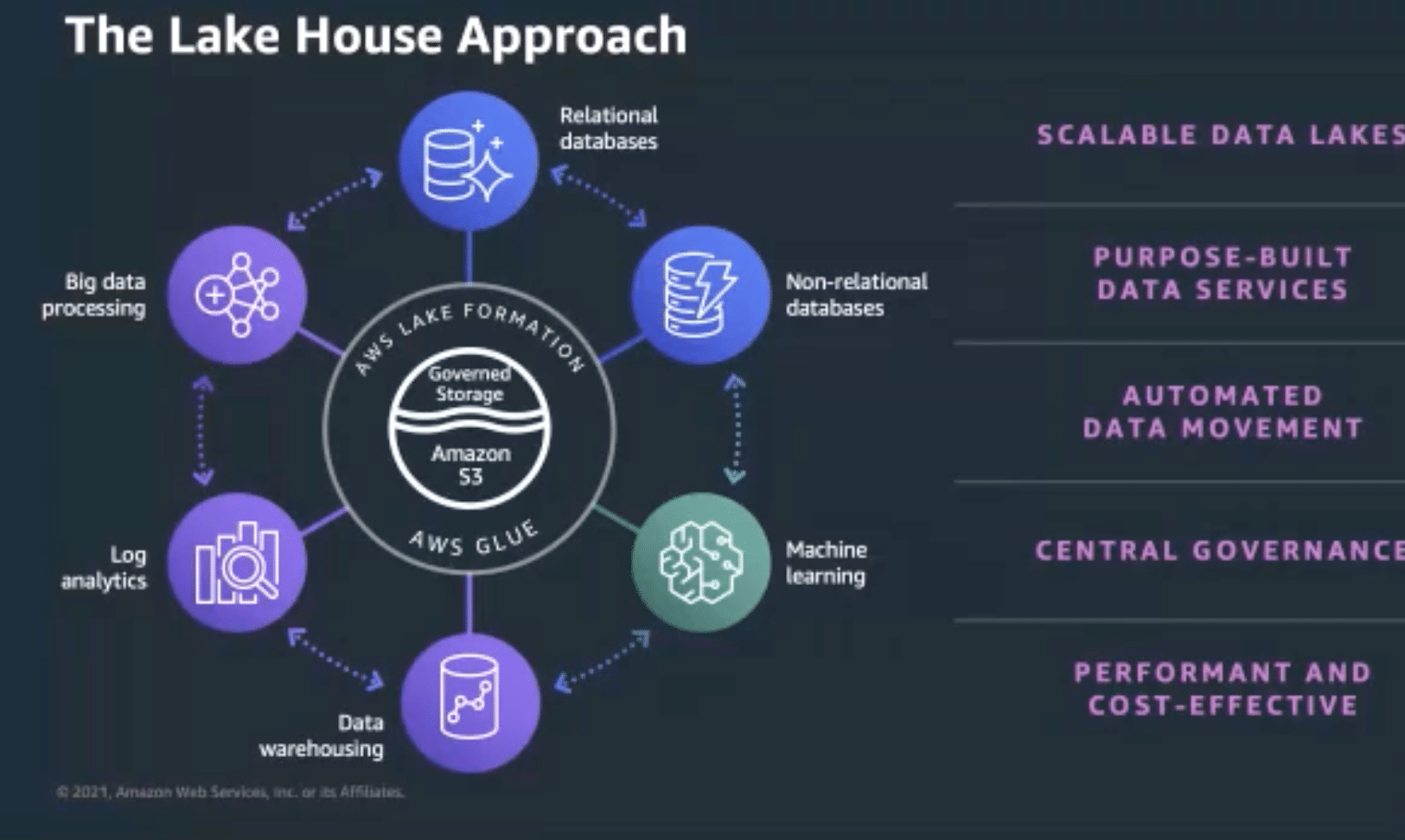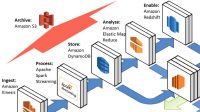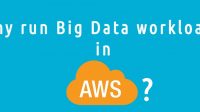Building a Big Data Pipeline on AWS
To effectively process and analyze big data on AWS, it’s important to establish a well-defined data pipeline. Here are the key components of a typical big data pipeline on AWS:
- Data Ingestion: Ingest data from various sources into the AWS ecosystem. This can include data from databases, streaming platforms, or external sources.
- Data Storage and Management: Store and organize the ingested data in a suitable AWS storage service like Amazon S3 or Amazon Redshift.
- Data Processing and Analysis: Use services like Amazon EMR or Amazon Athena to process and analyze the data. This step may involve tasks such as data transformation, machine learning, or running complex analytical queries.
- Data Visualization and Reporting: Visualize the analyzed data using tools like Amazon QuickSight or integrate AWS services with third-party visualization tools for generating meaningful insights and reports.
Best Practices for AWS Big Data
When working with AWS Big Data, it’s important to follow best practices to ensure optimal performance, security, and cost efficiency. Here are some key considerations:
- Data Security and Compliance: Put in place the necessary security safeguards to safeguard sensitive data. Use encryption, access controls, and data anonymization techniques as needed. Ensure compliance with relevant data protection regulations.
- Scalability and Performance Optimization: Design your big data solutions to scale horizontally and vertically as per demand. Optimize data processing workflows to minimize latency and improve overall performance.
- Cost Optimization: Choose the right AWS services based on your workload requirements. Leverage cost optimization techniques like reserved instances, spot instances, and efficient data storage strategies to reduce expenses.
Real-World Use Cases of AWS Big Data
AWS Big Data has been successfully adopted by organizations across various industries. Here are some real-world use cases:
- E-commerce Analytics: Retail companies leverage AWS Big Data services to analyze customer behavior, improve personalization, and enhance sales forecasting.
- IoT Data Processing: Internet of Things (IoT) devices generate a massive amount of data. AWS Big Data services provide the infrastructure and tools to process and derive insights from IoT data.
- Fraud Detection: Financial institutions utilize AWS Big Data services to detect fraudulent activities by analyzing large volumes of transactional data in real-time.
Conclusion
Learning AWS Big Data opens up a world of possibilities for professionals and organizations seeking to harness the power of big data. By understanding the fundamentals, exploring the AWS Big Data services, and following best practices, you can effectively store, process, analyze, and visualize massive datasets to drive data-driven decision-making. Start your journey into AWS Big Data today and unlock the potential of your data.





